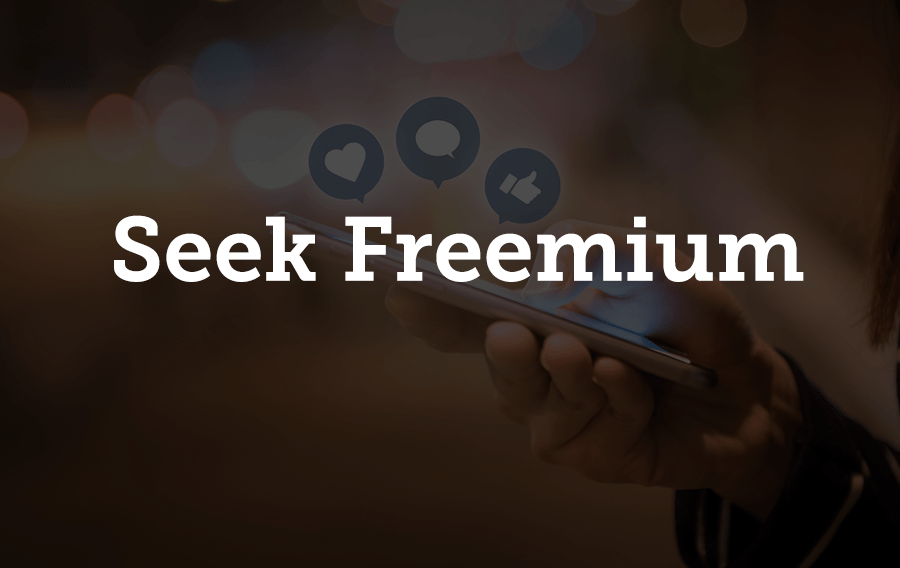Event Marketing: A Quick Guide For Nonprofits and Associations

Below, Eventbrite Community Manager, Cara Benson, shares tips on how non-profit and association event organizers the most out of their marketing budget.
For nonprofits, or any event organizer working with a tight budget, planning and executing an event that’s worth the investment can be an immense challenge. In many (worst case) scenarios, nonprofits merely break even or lose money after factoring in direct and indirect costs like food, venue, and staff time. However, this doesn’t mean events can’t be both immensely valuable and net profitable.
Beyond bringing in money, events help your organization raise awareness, connect with major donors, and also builds your brand. But how do you make sure your nonprofit comes out on top in terms of not only attendance and satisfaction, but a net profit as well? While it can’t be guaranteed, the following event and event marketing strategies will help set the foundation of a successful event.

Price It Right
It’s common for event organizers to use what’s known as a “cost-plus” strategy to guide their budget, where you price a bit above your costs. However, this strategy can often leave the ‘what is this event worth to attendees’ question out of the equation.
Instead, skew more toward a value-based approach, which puts attendees first. This makes sense because, without attendees, you don’t have an event. The three parts of a value-based budget includes perceived value, the actual price, and the cost per ticket for the event, all of which give you a clear picture of the overall event economics. The key to this model is making sure the customer’s perceived value is higher than your ticket price. If your cost per ticket is lower than that price, you will make money.

Seek Freemium
Event promotion may seem like the biggest inevitable hit to your budget, but in reality, it’s one of the easiest parts of the event puzzle to do effectively for free. This is especially true today, when the more traditional (and expensive) forms of marketing have taken a backseat to digital, namely social media.
The phrase social media gets thrown around a lot, but there’s a key question to ask yourself to turn this from a vague piece of advice to an actionable tip: where do your target attendees spend their time online? Dig into both your social and Google analytics reports to help you zero in on which channels drive the most traffic and engagement. These are the places you should be investing the most of your time.
Of course, most social platforms have paid options that will expand your reach, but you can get pretty far without them — depending on the current state of their respective algorithms. Facebook also has a specific platform for nonprofits that will help you connect with your following and eventually turn them into event RSVPs.

Get Techie
With the right technology, everything from event planning, promotion, to execution can go from major headache status to more effective and even fun. A few association-friendly platforms include:
Eventbrite — This well-known event management software has a suite of ticketing and registration tools tailored to nonprofits. It comes with built-in event promotion and social sharing tools, data reporting on ticket sales, and a mobile-responsive page for your event.
TextMagic — TextMagic is a bulk SMS service that helps nonprofits craft a text marketing plan, which has been proven to have impressive open rates when compared to other forms of outreach. This could be a great way to simply remind attendees of your upcoming event.
Kindful — Kindful is a software platform built specifically to help you organize and manage donors, helping you to make more targeted marketing decisions based on their data.
CadmiumCD — CadmiumCD’s eventScribe Website, Mobile App, and Digital Signage Software are the perfect tools to market all the perks of your event to attendees and non-attendees, plus there are tools in the Expo Harvester to sell sponsorships and booth space to add to your bottom-line.

Enlist Passionate Volunteers
To increase manpower without blowing your budget, find people who are willing to work for your cause as volunteers. These are people who believe in the cause you’re working for, and are likely right under your nose.
Scour through your email marketing list and previous event attendees. Tailor up a message that speaks directly to your established relationship and gauge their interest in volunteering, or if they’d be happy to point you in the direction of others you may be interested. You might also publish a call-for-volunteers message across your social channels directed at your local following. Don’t dismiss the power of a good perk!

Cull Feedback
One of the biggest mistakes you can make is to fail to solicit feedback from attendees. You don’t need to overthink it: simply send out a brief survey with a tool like Survey Magnet, and try to limit any questions that require more than yes or no, or opt for multiple choice answers and scaled ratings.
The more information you can get from your guests, the better you can make your events in the future.